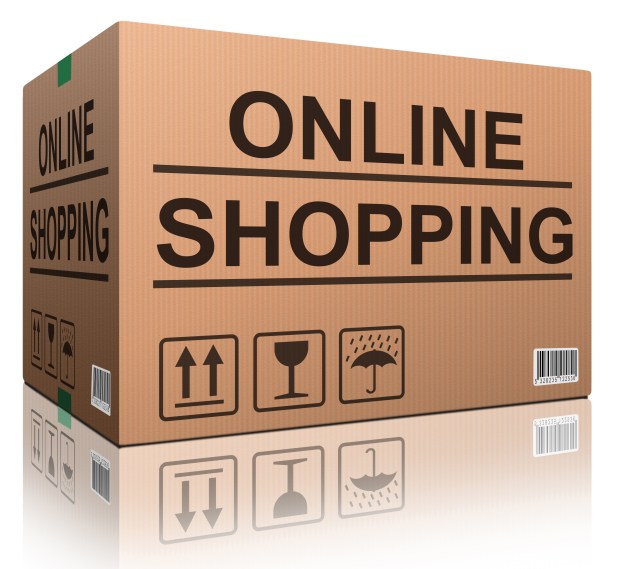How Jet.com Will Use Discounts To Make Money

E-commerce stealth startup Jet.com plans to take on Amazon by giving discounts to customers who live near the merchandise they’re ordering, join mailing lists, promise not to return items, and use payment cards with lower interchange fees, The Wall Street Journal reported.
Jet, which has pulled in $220 million in investment funding and is currently valued at $600 million, hasn’t actually started doing business or bringing in revenue — it plans to launch its online store this spring. But the company made an Internet presentation to potential merchants on Tuesday (March 10) in which it laid out how it plans to compete with Amazon, its most obvious rival.
The short version: If something cuts costs, customers will get a discount — and that includes how they pay.
So customers will get discounts if their merchandise doesn’t have to be shipped as far, instead of Amazon-style free shipping. Customers who promise not to return items will also get a 3 percent discount, according to the presentation made by Jet Chief Revenue Officer Scott Hilton, who said customers who accept the no-return discount and then want to return an item anyway will pay a penalty.
Hilton didn’t give details on exactly how much of a discount customers will get for using a plain-vanilla debit card instead of a rewards-heavy credit card or American Express card. But customers may also get rebates or discounts if they sign up for mailing lists or agree to pick up items in a brick-and-mortar store, or if they buy certain products in combination. Jet will also pass along commissions it gets from suppliers to reduce prices, Hilton said.
To join the membership retailer, customers will pay a $50 annual fee, which will be the main source of profits, according to the presentation. Jet will sell most merchandise at close to cost, making prices 10 to 15 percent less than other Internet retailers. Independent merchants will ship most orders, which Jet hopes will arrive within five days.
Jet also expects to hit $5 billion in annual sales by 2020.
While the business model may sound like Jet plans to be the anti-Amazon — slower shipping, no free returns — in some ways it bears a striking resemblance to Amazon’s original approach when it first launched, in which all Amazon books were shipped by the publishers at close to cost. The biggest differences: Amazon didn’t face a crowded e-commerce landscape in which customers have grown accustomed to those perks — and it didn’t have to worry about an e-commerce behemoth named Amazon.
